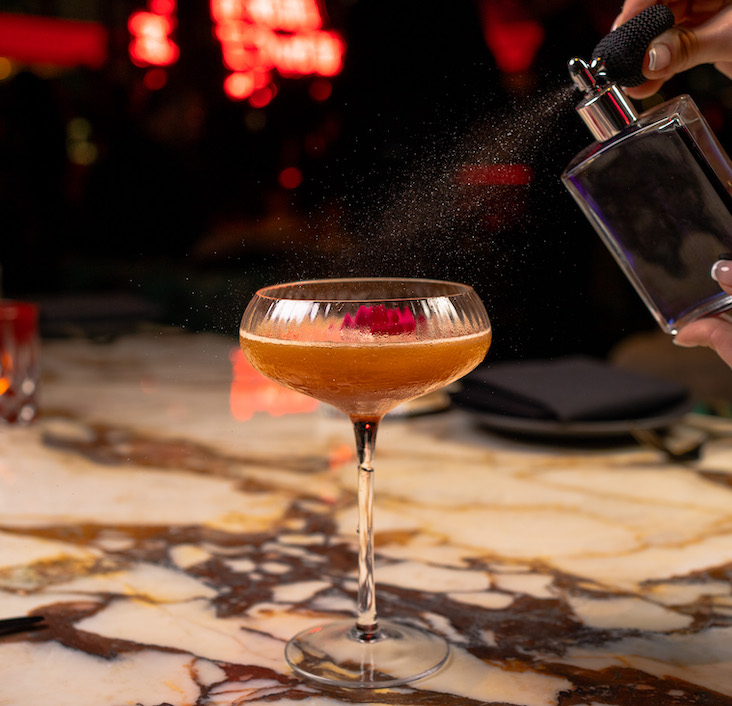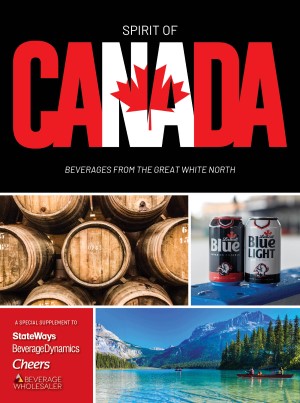Beer Guide (S to Z)
Scotch ale: Also known as a Wee Heavy, Scotch ales are the stronger, maltier version of Scottish ales. Flavors tend to be caramel and/or nutty. Mild hops and a clean, smooth composition, and colors that are copper to dark brown.
Scottish ale: A traditional Scottish beer that focuses on sweet malt flavors and is low on hops. The longer brewing process creates flavors of burnt sugar and dark, bitter molasses, plus a deep-red, coppery color.
Sediment: Some sediment in a beer bottle is perfectly normal. This is usually the result of bottle-conditioning, in which brewers add additional yeast and sugar into the bottle to continue the carbonation process as the beer ages and grows more complex.
Session beer: A beer of lower ABV and lighter body that a drinker may consume multiple of in a single session of drinking.
Sour: A beer brewed to have an acidic, tart, or sour taste. Lambics are sours, and the style overall is seen mostly in Belgian beers.
Stout: Born out of Arthur Guinness’ 18th century attempts to brew heavier and darker products to counter the rising popularity of British porters in the Irish beer market, stouts are darker in color and dryer in taste than porters. Common flavors include sweet, caramel, chocolate, toffee, toasty, roasty or burnt. The mouth feel is smooth and silky, the body is medium to full, and the color is medium brown to black. American stouts are much more hoppy than their Irish or British counterparts.
Strong: A beer with higher ABV, and more malts and/or hops.
Wet hops: Hops used in brewing that are fresh off the vine and unprocessed, meaning they must be used immediately (within 24 hours or so) after their fall harvest. The flavor and aroma of wet hops are freshly vibrant, like just-picked greens, and mellower and more delicate than normal bitter hops.
Wheat beer: Recipes with splits around 30% wheat, 70% grain, wheats have a clean grain flavor and a bigger, longer-lasting head when poured into a glass. The mouth-feel is smooth and silky, with a long finish. Unfiltered wheats leave yeast in “suspension,” or floating throughout the beer, causing a pale, cloudy complexion. Due to its unobtrusive flavor qualities, wheat makes for a good base grain from which brewers can add their own unique flavors and twists.
White: A white beer – or witbier – is a wheat-heavy ale descended from Medieval-era Belgium and the Netherlands. Unfiltered, and spiced with coriander, orange, or other light flavors. Low ABV and light-bodied. Often served with an orange slice. The name comes from their light, pale, cloudy complexion, typically caused by bits of yeast and wheat purposely left floating throughout the beer.
Witbier: See: White




